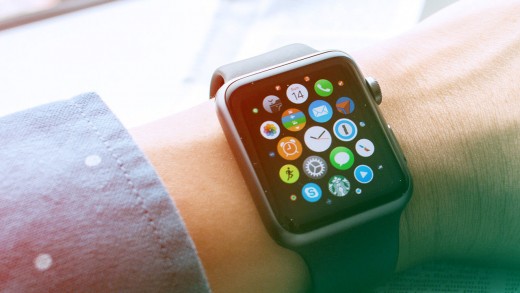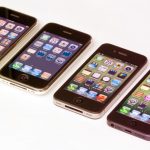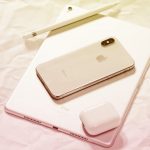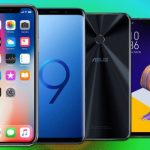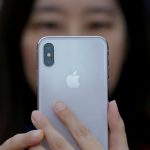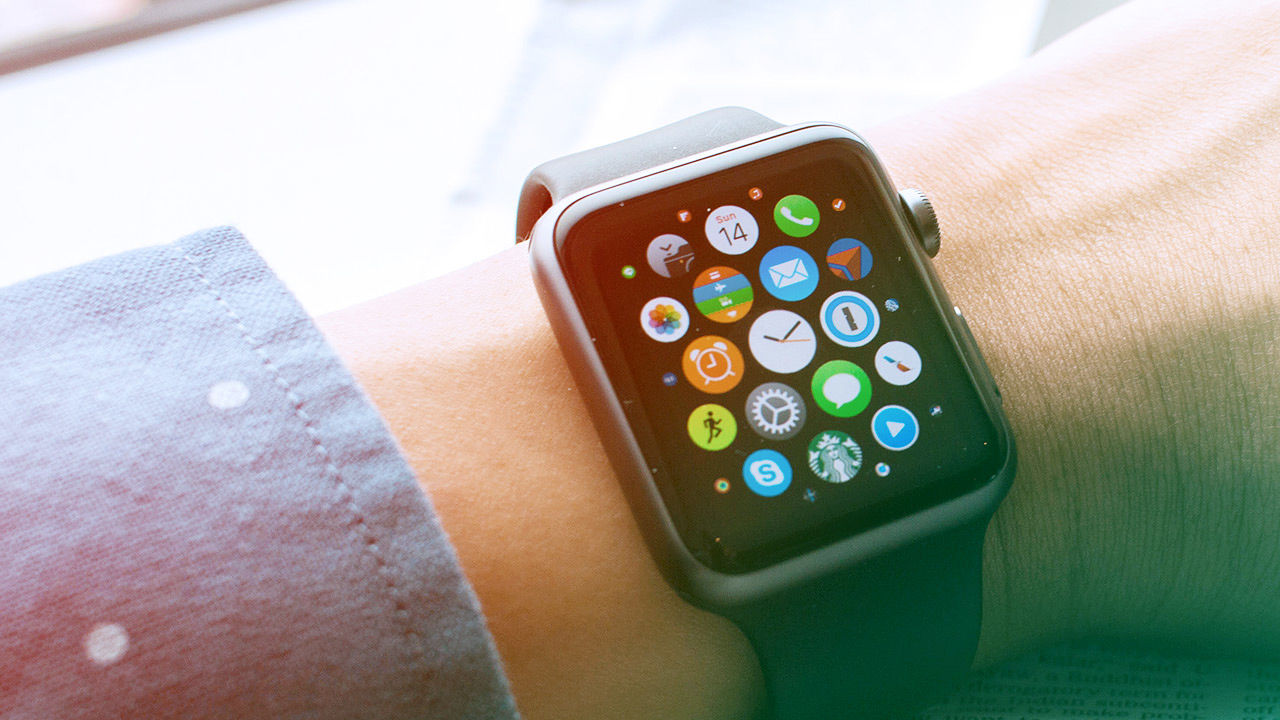What One Company Learned When They Gave Apple Watches To The Entire Staff
Can the Apple Watch provide more than just a bright, shiny incentive to check your email?
“Know your customers” is a mantra among many companies—eager founders scour social media, scan competing sites, and set up A/B testing to sniff out the singular route between a consumer’s mind, heart, and wallet.
But in April, Poshmark, a mobile marketplace for fashion, gave their entire staff of just over 85 Apple Watches, in part to coincide with the launch of the Poshmark app on the device.

The majority (70%) of Poshmark’s employees are women who love to shop, says founder Manish Chandra. Having a predominantly female staff has influenced the company’s marketing efforts to women, just as working at the intersection of fashion and technology has justified distributing FitBit Charges, LG LifeBand Touches, Polar Loops, and Nike Fuelbands in the past.
“It was important for us to launch Poshmark on the first generation Apple Watch to see how women interacted with fashion, shopping and notifications from their wrist,” says Chandra
Even in the early stages, Chandra says that to take the platform seriously, Poshmark would need strong insights into how women used the watch, so what better sample set than the company’s staff. “Getting their input and feedback in real-time is very valuable as we continue to design for the watch as the platform evolves,” he asserts.

For Chandra, it was a continuation of the gamble on creating a mobile-only shopping community by starting as an iOS app in 2011. In the year prior to launch, Chandra says he spent six months using nothing but an iPhone and iPad to challenge himself to do everything on mobile devices. Poshmark was on the iPhone for two years before developing its Android app.
Since, according to the company, over 90% of Poshmark’s approximately $17 million monthly sales come through smartphones, Chandra says its staff are fully invested in the evolution of the mobile experience. “It’s been really interesting to see how much the women [in the office] have gravitated towards the watch as an actual fashion accessory, not just a tech accessory,” he adds. Product designer Jenni Kim even noted: “I’ve completely bought into the watch and now can’t leave home without it. I feel a very personal connection with it.”
The Good
That personal connection was likely due to notifications. Chandra says the majority of the feedback from the team was centered on how they felt about getting real-time notifications and communicating. He sees both as the key to driving engagement with the Apple Watch. Ashlee Gomes, Poshmark’s senior community manager affirms: “I feel a lot more connected in real-time, not checking my phone where you get notifications from ten minutes ago.”
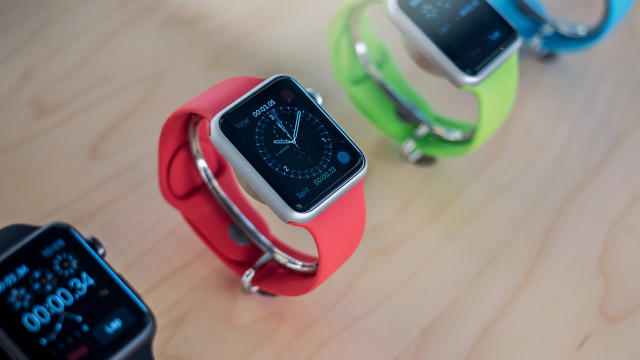
Gomes adds that she now feels free to keep her phone out of site. “I also love that it gets customized to your schedule as to where you’re traveling and can give you traffic updates.” Senior marketing manager Preston Lee agrees. “I can scan the importance [of a notification] and decide whether I need to go get my phone to take action. It’s like a filter on my wrist.”
“Notifications can get backed up on my phone,” marketing manager Amanda Weiss reports, so she likes having a constant stream of updates delivered to her wrist. All that tapping—which the watch does to signal the notification—is prompting ‘ghost taps.’ “It’s like the early days of the iPhone when you always thought you might be getting a text,” she explains.
In addition to making it work as a wearable on the job, Chandra is trying to see what will make the consumer respond—and shop. He believes the “killer-use case” of the watch will be a two-way interaction that dramatically increases the speed of communications. However, staff noted that apps could do a better job with the types of notifications that they send. Winning the “Apple Watch game” at scale is going to necessitate figuring out how to leverage the benefits of those notifications to push a transaction through the wrist.
The Bad
As sales slide for the device, which some speculate may be due to design and functionality, so has some of the initial excitement for Poshmark’s Apple Watch experiment. Three female employees have stopped using the Apple Watch every day, and another couple say they may stop soon. One reason mentioned was battery life is too short.
Software developer Preethi Narayan says: “I don’t use it that much, I’m a little disappointed in the functionality. Even for maps, I want to put in the destination and then have it naturally carry over to the watch so I don’t have to look at my phone,” which it currently can’t do.
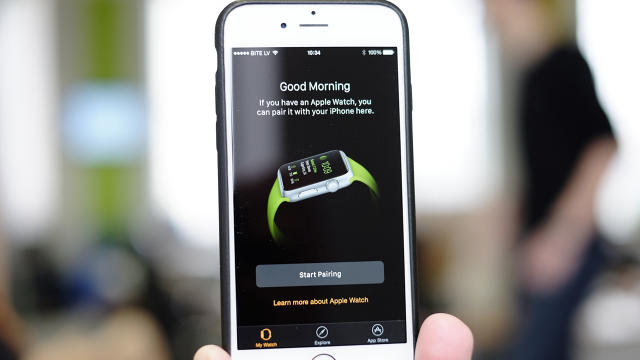
Chetan Pungaliya, VP of engineering, wasn’t all that happy with the design of the apps. He explains that apps such as Yahoo! News Digest or anything that shows text are useful because text is sharp, but “too many images or interactions and I’m not interested,” Pungaliya contends. This could pose a problem for a fashion app that is image-driven.
Chandra believes there could be improvements, too. “Currently the plethora of interactions on the watch can be confusing for most users so they tend to gravitate towards the familiar,” he explains. An alert that allows for a one-tap response could help, he believes. Chandra would also like the device to be self-contained and not be tethered to a phone. “This implemented correctly will open up an entirely new platform for communication and pave the way for a lighter, more simple way to live a fuller, freer life,” he says.
The Gender-specific
A more nuanced observation is the one between genders. Poshmark’s female employees viewed the watch as an extension of themselves, where the men felt it was more utilitarian. Notifications and alerts on the watch play a huge role in allowing women to stay connected and furthering their social interactions.
Though all employees believed that more native apps would be a must in the second iteration of the operating system, Poshmark’s female staff appeared to be more willing to wait for these updates and understand that new features and iterations take time. Men are less forgiving. As Pungaliya says, “I have not been able to appreciate the apps for the watch since it takes so long to load and it’s too frustrating, I would rather just pull out the phone screen and start using it.”
It will take a few years before we figure out the best use cases for wearables in the office. By using the Apple Watch in house, Chandra and Poshmark may just be able to read the pulse point of shoppers a little earlier than other mobile commerce platforms.
See Fast Company’s Mark Wilson and Noah Robischon discuss why the Apple Watch is flopping:
Fast Company , Read Full Story
(135)

